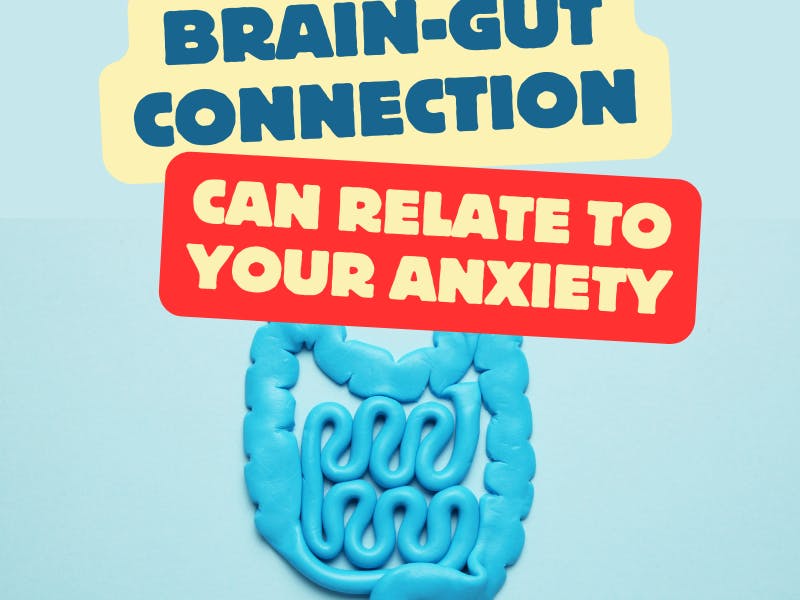
Understanding ADHD-PI in 2024
Aug 4, 2024
What is ADHD
Before diving into ADHD-PI, let us first quickly understand ADHD. ADHD is one of the most common mental health disorders diagnosed in children, with symptoms often continuing into adulthood. The prevalence of ADHD varies, but it is estimated that approximately 5-7% of children and 2-5% of adults are affected globally. The exact cause of ADHD is not fully understood, but it is believed to involve genetic, environmental, and neurological factors.
What is ADHD-PI
ADHD-PI stands for Attention-Deficit/Hyperactivity Disorder, Predominantly Inattentive Presentation. It is one of the three primary presentations of ADHD recognized by the Diagnostic and Statistical Manual of Mental Disorders (DSM-5).
A person with inattentive type may have symptoms of hyperactivity or impulsivity. But their main symptoms affect their ability to focus, organize, prioritize, and complete tasks. Here are some common symptoms associated with ADHD-PI:
- Inattention: Difficulty sustaining attention in tasks or play activities. Frequently makes careless mistakes in schoolwork, work, or other activities. Often seems not to listen when spoken to directly. Fails to follow through on instructions and fails to finish schoolwork, chores, or workplace duties. Difficulty organizing tasks and activities. Avoids or is reluctant to engage in tasks that require sustained mental effort. Frequently loses items necessary for tasks and activities. Often forgetful in daily activities.
- Hyperactivity and Impulsivity: Fidgets with or taps hands or feet, or squirms in seat. Leaves seat in situations when remaining seated is expected. Runs about or climbs in situations where it is inappropriate. Unable to play or engage in leisure activities quietly. Often “on the go,” acting as if “driven by a motor.” Talks excessively. Blurts out answers before a question has been completed. Has difficulty waiting for their turn. Interrupts or intrudes on others.
People with ADHD-PI may not show significant levels of hyperactivity and impulsiveness, which can sometimes make the condition harder to detect, especially in environments where hyperactivity is more noticeable.
ADHD vs. Anxiety: Understanding the Differences and the Risk of Misdiagnosis
ADHD and anxiety can exhibit overlapping symptoms, making accurate diagnosis challenging. Both conditions may involve difficulties with concentration, restlessness, and sleep disturbances. However, ADHD primarily affects attention regulation, impulsivity, and organizational skills, whereas anxiety is characterized by excessive worry, fear, and physical symptoms like increased heart rate.
Misdiagnosis is common; individuals with ADHD might be mistakenly treated for anxiety, and vice versa. This can lead to ineffective treatment plans and prolonged distress. Comprehensive evaluations by healthcare professionals, including detailed clinical interviews and standardized assessments, are crucial for distinguishing between the two conditions and ensuring appropriate, targeted interventions.
ADHD-PI: Challenges and Implications
One of the significant challenges in diagnosing ADHD-PI is that the symptoms may be less disruptive than those of hyperactivity and impulsivity. As a result, individuals with ADHD-PI may be overlooked or misdiagnosed. This can lead to difficulties in academic, occupational, and social settings, as the inattention can affect performance and productivity.
For children, ADHD-PI can result in poor academic performance due to difficulties in following instructions, completing assignments, and staying organized. They may also struggle with social interactions, as their inattentiveness can be misinterpreted as disinterest or lack of engagement.
For adults, ADHD-PI can manifest as chronic disorganization, difficulty managing time, and problems with sustaining attention at work. These issues can lead to underachievement in professional settings, strained relationships, and a general sense of frustration and low self-esteem. Adults with ADHD-PI often report feeling overwhelmed by daily tasks and responsibilities, which can contribute to anxiety and depression.
Another significant challenge is the stigma associated with ADHD. Individuals with ADHD-PI may internalize negative feedback from teachers, employers, or peers, leading to a negative self-image. They might be labeled as lazy or careless, which can further exacerbate feelings of inadequacy and hinder their willingness to seek help.
Diagnosis of ADHD-PI
It is difficult to diagnose by just checking the symptoms listed above. Diagnosing ADHD-PI involves a comprehensive evaluation by a healthcare professional, typically a psychologist, psychiatrist, or pediatrician. The evaluation includes:
- Clinical Interview: A detailed history of the individual's symptoms, including their onset, duration, and impact on daily functioning.
- Behavioral Assessments: Standardized rating scales and questionnaires completed by the individual, parents, teachers, or other significant people in their lives.
- Observation: Direct observation of the individual's behavior in different settings, such as home, school, or work.
- Medical Examination: A physical exam to rule out other medical conditions that might explain the symptoms.The DSM-5 criteria for ADHD-PI require that six or more symptoms of inattention be present for at least six months to a degree that is inconsistent with the developmental level and that these symptoms cause significant impairment in social, academic, or occupational functioning.
Treatment Options for ADHD-PI
Effective management of ADHD-PI typically involves a multimodal approach, including behavioral interventions, educational support, and medication. The treatment plan is tailored to the individual's specific needs and may include:
- Behavioral Interventions: Cognitive-behavioral therapy (CBT) can help individuals develop strategies for managing inattention and improving organizational skills. Behavioral therapy may also involve parent training programs to help parents support their child's behavior management at home.
- Medication: Medication for ADHD-PI often includes stimulants that enhance focus and reduce distractibility. Non-stimulant options are also available and may be prescribed based on individual needs. These medications are part of a comprehensive treatment plan that aims to manage symptoms and improve daily functioning.
- Lifestyle Modifications: Regular physical activity, a balanced diet, and adequate sleep can positively impact ADHD symptoms. Mindfulness practices and stress management techniques may also help individuals improve focus and reduce anxiety.
- Support Groups and Counseling: Support groups provide a platform for individuals with ADHD-PI and their families to share experiences and coping strategies. Counseling can help address co-occurring issues, such as anxiety or depression, and provide emotional support.
Practical Solution Coping With ADHD-PI
Living with ADHD-PI requires ongoing management and support. Individuals with ADHD-PI can lead successful and fulfilling lives with the right strategies and interventions. Here are some tips for managing ADHD-PI:
- Set Realistic Goals: Break tasks into smaller, manageable steps and set achievable goals. This can help prevent feelings of being overwhelmed and improve task completion.
- Create a Structured Environment: Establish routines and use tools, such as planners, calendars, and reminders, to stay organized and on track.
- Develop Coping Strategies: Learn and practice techniques for improving focus and managing distractions, such as using a timer or the Pomodoro Technique (working for short, focused intervals followed by breaks).
- Build a Support Network: Surround yourself with understanding and supportive people, whether they are family members, friends, colleagues, or professionals. Having a strong support network can provide emotional encouragement and practical assistance.
- Educate Yourself: Understanding ADHD-PI and how it affects you can empower you to take proactive steps in managing your symptoms. There are many resources available, including books, online articles, and workshops, that can provide valuable information and strategies.
- Advocate for Yourself: If you are a student or an employee, don’t hesitate to request accommodations that can help you perform at your best. This might include requesting additional time for tasks, breaking assignments into smaller parts, or using organizational tools.
- Practice Self-Compassion: Recognize that ADHD-PI is a part of who you are, and it does not define your worth. Be kind to yourself and acknowledge your efforts and progress, even if they seem small.
- Stick with the plan: It sounds easy to try these tips with instant motivation. Yet, being disciplined and resilient is the most important and difficult part.
Summary
If you or someone you know is struggling with symptoms of ADHD-PI, seeking professional help and exploring available resources can be a crucial first step towards effective management and improved well-being.




